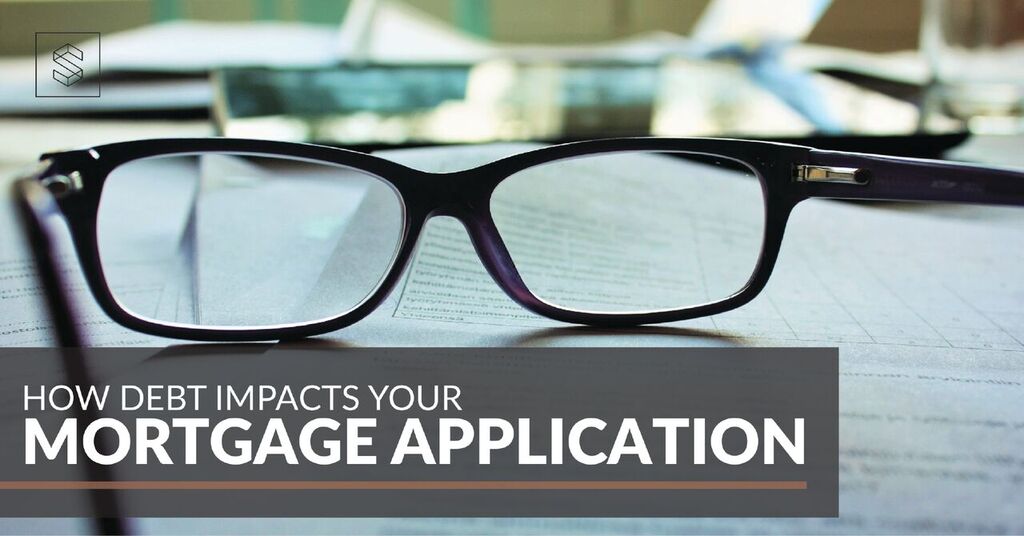
Are you one of the millions of American who dream of owning a house or condo? Perhaps you’re looking for the perfect home that fits your criteria as well as your budget.
Unfortunately, unless you’re a financial expert, preparing to take on a mortgage can be complicated. Especially if you have debt.
Luckily, getting a mortgage with debt isn’t impossible. You may even be able to reduce your debt by rolling it into a mortgage. But is that a good idea?
In this post, we’ll break down the factors lenders take into account when they’re looking at your application. Well also look at some of the pros and cons of rolling debt into your home loan.
What Do Lenders Look For?
What are lenders looking at when they consider your mortgage application? Below, we’ll look at a few important considerations that may impact your mortgage’s approval and interest rate.
Debt-to-Income Ratio
You probably know that your capital (your money in the bank) can impact your application. But the concept of debt-to-income ratio can sometimes cause confusion.
Your debt-to-income ratio is the percentage of your monthly income that goes toward paying down your debts. A high ratio suggests that you’re less likely to make monthly payments. In most cases, 43%is the highest ratio lenders want to see if you’re applying for a mortgage.
Missed Payments
Having a history of missed payments on car loans or credit cards can indicate that you’re a risk for lenders. How much this history will impact your mortgage application will depend on the size and frequency of your missed payments.
Student Loans
Student loans can negatively impact your mortgage application by increasing your debt-to-income ratio. On the flip side, a long history of paying these loans on time can improve your credit history.
Credit Score
You probably already know that your credit score is determined by your credit history. Generally, an excellent credit score is considered to be 750 or higher. A good credit score typically falls within the 680-749 range. Unfortunately, a lower score could prevent you from getting the best possible mortgage rate. If you don’t know your score, you can get it by ordering a free credit report (you’re entitled to one every 12 months).
Rolling Debt into a Mortgage
Some borrowers grapple with credit card or student debt while trying to secure a mortgage. Many believe that consolidating their debt into their home loan is the solution. In some cases, this strategy can work.
In particular, if you have credit card debt, rolling it into a mortgage can benefit you. Mortgage interest rates are lower than those on credit cards, which means you’ll be paying a lower rate on your debt if you roll it into a mortgage.
There are disadvantages to this approach. For one, because mortgages are typically paid off over a longer period of time, you may wind up paying more overall. It’s also worth considering that if you’ve accumulated debt, you may be at risk of accumulating it again down the road—which will further complicate your financial situation.
For these reasons, addressing any underlying issues that may have caused you to go into debt in the first place is the best course of action. Depending on the seriousness of your debt, you may want to enlist the aid of a credit counsellor or financial planner.
Have any questions about debt, financing, or securing a mortgage? We’d love to help you through it. Give us a call at 202.270.1081 or email us at [email protected].
 The Stokes Group is a team of dedicated professionals who have passion for the real estate business and will advocate for our clients with the utmost honesty, integrity, and confidentiality. We believe in building solid relationships with our clients and that starts by getting to know who we are. Follow us on Facebook and Instagram.
The Stokes Group is a team of dedicated professionals who have passion for the real estate business and will advocate for our clients with the utmost honesty, integrity, and confidentiality. We believe in building solid relationships with our clients and that starts by getting to know who we are. Follow us on Facebook and Instagram.

The Stokes Group is a team of dedicated professionals who have passion for the real estate business and will advocate for our clients with the utmost honesty, integrity, and confidentiality.



